Trains and Christmas go hand-in-hand, and many of us had some special railroad-related gifts on our wish list, but instead of a wish list, this is a list of the locomotives we didn’t get for Christmas. These models either have never been mass-produced in our preferred scale or have not been produced in a decade or more. Do you have a model that you would like to see produced? Tell us in the comment section below.
HO scale Pennsylvania RR/Penn Central/Conrail E44 electric locomotive
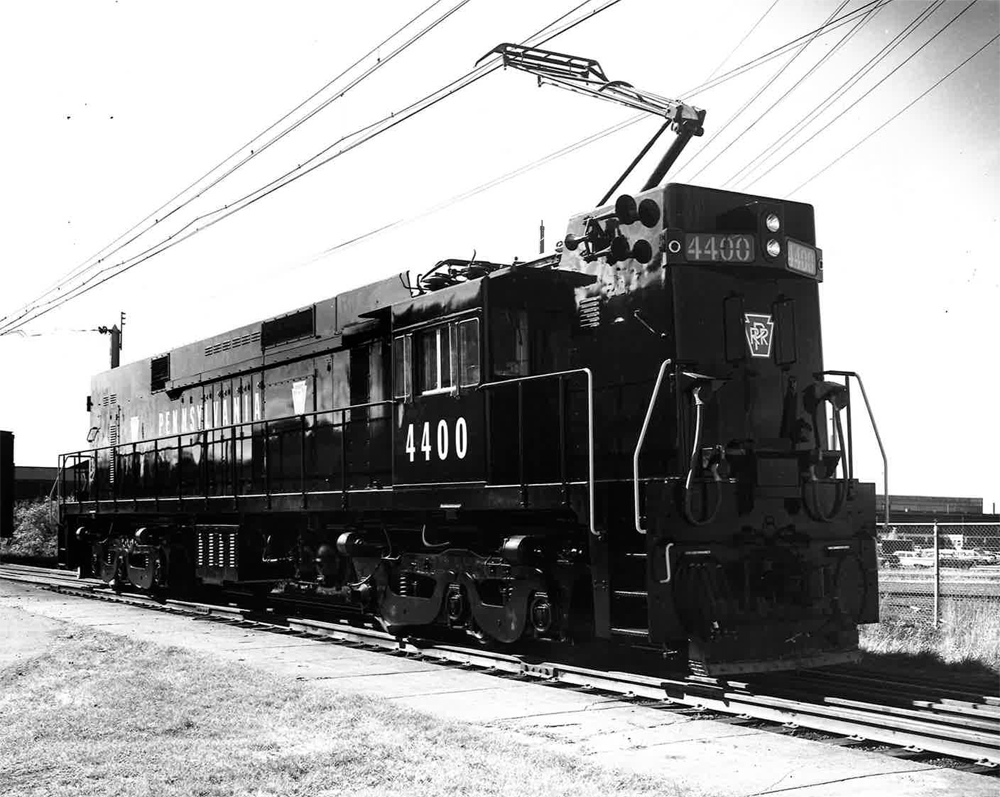
I grew up watching trains on the Pennsylvania RR’s New York to Washington mainline, now known as the Northeast Corridor, and a locomotive I’d love to see made in plastic is the PRR/Penn Central/Conrail E44 electric. While this was a General Electric product, it has nothing to do with the company’s Evolution series diesel electrics. It’s a straight electric 4,400hp powerhouse that was the last electric locomotive built for the PRR.
The E44s were replacements for the P5a boxcabs and “modifieds,” which had been shunted to freight service with the success of the GG1. The PRR had begun experimenting with rectifier locomotives – electrics that converted the 25,000V AC power from the catenary to DC power for the traction motors. Pennsylvania ordered 66 E44s from General Electric for the bargain price of $32 million. The reason I say bargain is that the E44s were evolutions of the Virginian 3,300hp EL-C rectifiers, which would eventually join the E44s as E33s when Penn Central acquired them through the merger of the New York, New Haven & Hartford.
I’ve considered scratch-bashing my own models, but there’s one large barrier to that – the E44 doesn’t share its truck center-to-center spacing with any other six-axle locomotives, so I’d have to create my own frame and customize a drivetrain to fit. This would be OK for a single locomotive but begins to get tedious when multiples are required. I figure half a dozen would be enough to simulate the manifest freights I saw on the Penn Central in my youth. – Eric White, editor
Large-scale EMD SD40-2 in Milwaukee Road or Chicago & North Western paint scheme
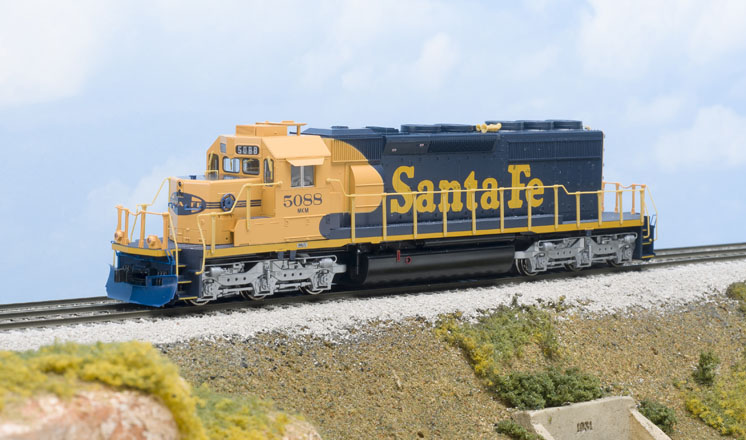
The SD40-2 was introduced in 1972 as part of EMD’s Dash 2 series. Between 1972 and 1989, 3,982 models were made. They were ordered both American and Canadian railroads, with some exports to places like Mexico and Brazil.
This engine was everywhere when I was younger, and even co-worker Bryson Sleppy, who is far younger than me, has fond childhood memories spotting this engine in service. It’s a popular model, available in abundance in most scales… except for large scale.
USA Trains offers an SD40-2, but unfortunately the paint schemes don’t favor the Midwest. It appears there may be a Soo Line version offered next year, but I found no information to confirm that outside of an April 2023 delivery date on Charlie Ro’s website.
I would love to see this model (or a model by any other large-scale manufacturer) offered in either a Milwaukee Road or Chicago & North Western paint scheme. After all, 90 units were originally ordered by Milwaukee Road, and Chicago & North Western’s No. 6847 currently resides at the Illinois Railway Museum.
There’s still a lot of love for the SD40-2 in the Midwest. How about showing some love for large scale modelers? – Rene Schweitzer, senior production editor
HO scale Atchison, Topeka & Santa Fe Cleburne, Texas-rebuilt CF7 diesel locomotive
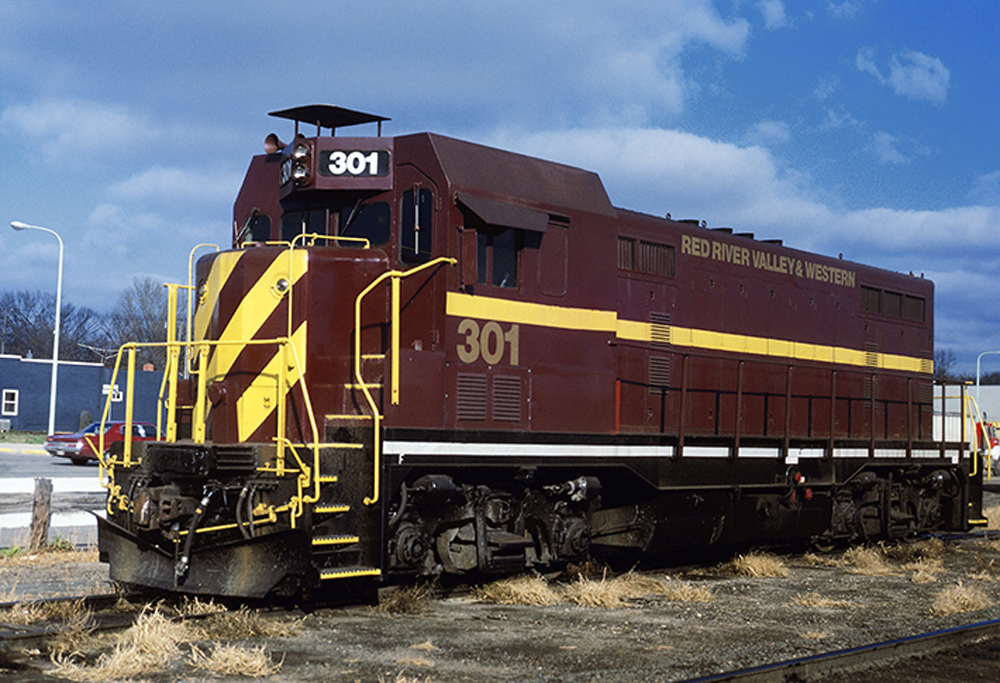
A model I’d like to see make a return to the HO scale market is the Atchison, Topeka & Santa Fe Cleburne, Texas-rebuilt CF7 diesel locomotive. The full-size road switchers were built using parts from Electro-Motive Division F3, F7, and F9 cab units. Santa Fe produced 233 CF7s between February 1970 and March 1978.
I became fascinated with CF7s in 1987 when regional carrier Red River Valley & Western RR began operations. At startup, the RRV&W used 10 CF7s to serve its 667-mile system. The 304 was an early round cab unit; the balance of the fleet had the later angled cab. To learn more about the first years of the RRV&W, read “The most mellifluous name in railroading” in the February 1990 issue of Trains magazine.
Athearn offered round and angled cab CF7s, which featured upgraded Rail Power Products tooling, in its Ready-to-Roll line in the early 2000s. You can read my review of the round cab CF7 in the April 2004 issue of Model Railroader. In the mid-2010s, the locomotive seemingly vanished from the Athearn product range. Though Athearn offered the CF7 in many colorful paint schemes, it never did a run decorated for RRV&W. And yes, I asked for that paint scheme… a lot!
With many of the common diesel locomotives already available (in some cases from multiple manufacturers), here’s hoping someone will give the CF7 a second chance in HO scale. Who’s willing to step up to the plate? – Cody Grivno, senior editor
Pennsylvania RR class D16 4-4-0 steam locomotive
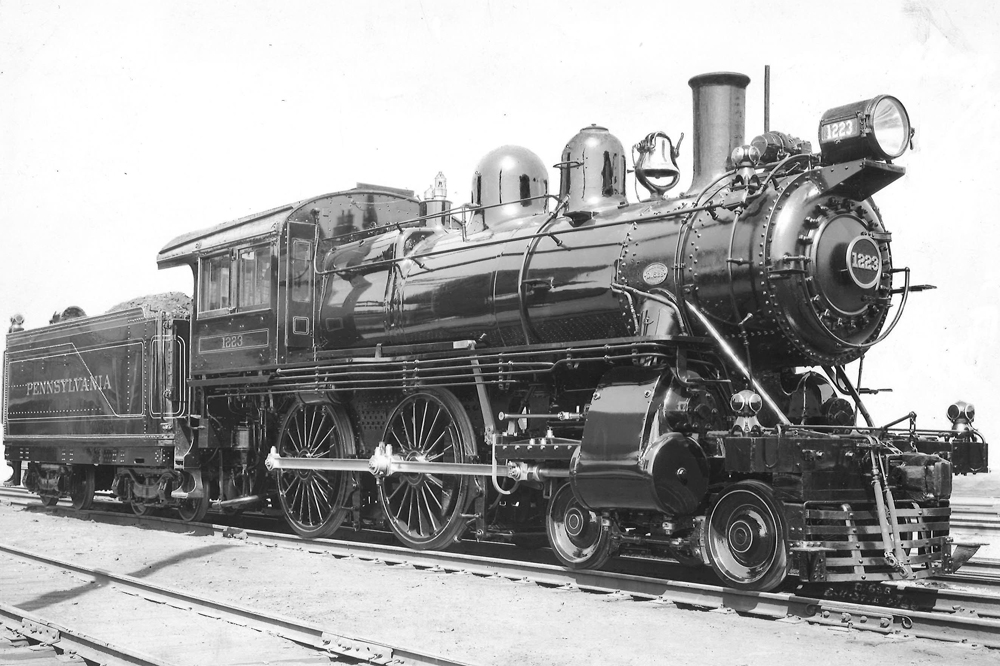
There’s a significant gap in model locomotive production that most modelers don’t think about. If you model the American Civil War of the 1860s or the Wild West of the 1880s, you can find a handful of gaudily decorated old-timer 4-4-0s. For most locomotive manufacturers, the steam era began with the United States Railroad Administration (USRA) and its roster of standard locomotive designs during World War I. But for the more than four decades between those two endpoints, good luck. And if you model a railroad with a distinctive roster of homebuilt engines – like the Pennsylvania RR with its square Belpaire fireboxes – you’re pretty much relegated to expensive brass imports, if you can find them at all.
I model a Pennsylvania RR-owned short line in 1906 and would love to lay my hands on a PRR class D16 4-4-0 in HO scale. Or several, actually. The Pennsy built 429 of the D16, in four subclasses, at its Juniata shops between 1895 and 1910. They were built with either 80” drivers for high speed on flat land or 62” drivers for better hauling power on mountain grades. By the early 1900s, 4-4-0 American types were being supplanted by bigger, more powerful Consolidations and Atlantics, and subsidiaries like the short line I model received the parent company’s hand-me-downs. Two or three Belpaire-equipped 4-4-0s, whether sporting their original livery or repainted for my Cincinnati, Lebanon & Northern, would visually cement my railroad’s parentage as a Pennsy subsidiary.
It’s not a matter of engineering; those old-timer 4-4-0s have less room in the boiler for a motor and flywheels than the D16 does. I guess it’s a matter of market share. A USRA model can show up on practically any railroad, while one with a Belpaire firebox can’t be repainted and sold as a Baltimore & Ohio or Santa Fe or New York Central locomotive. Still, a Pennsy fan can dream. – Steven Otte, senior associate editor
HO scale Fairbanks-Morse H20-44 diesel locomotive
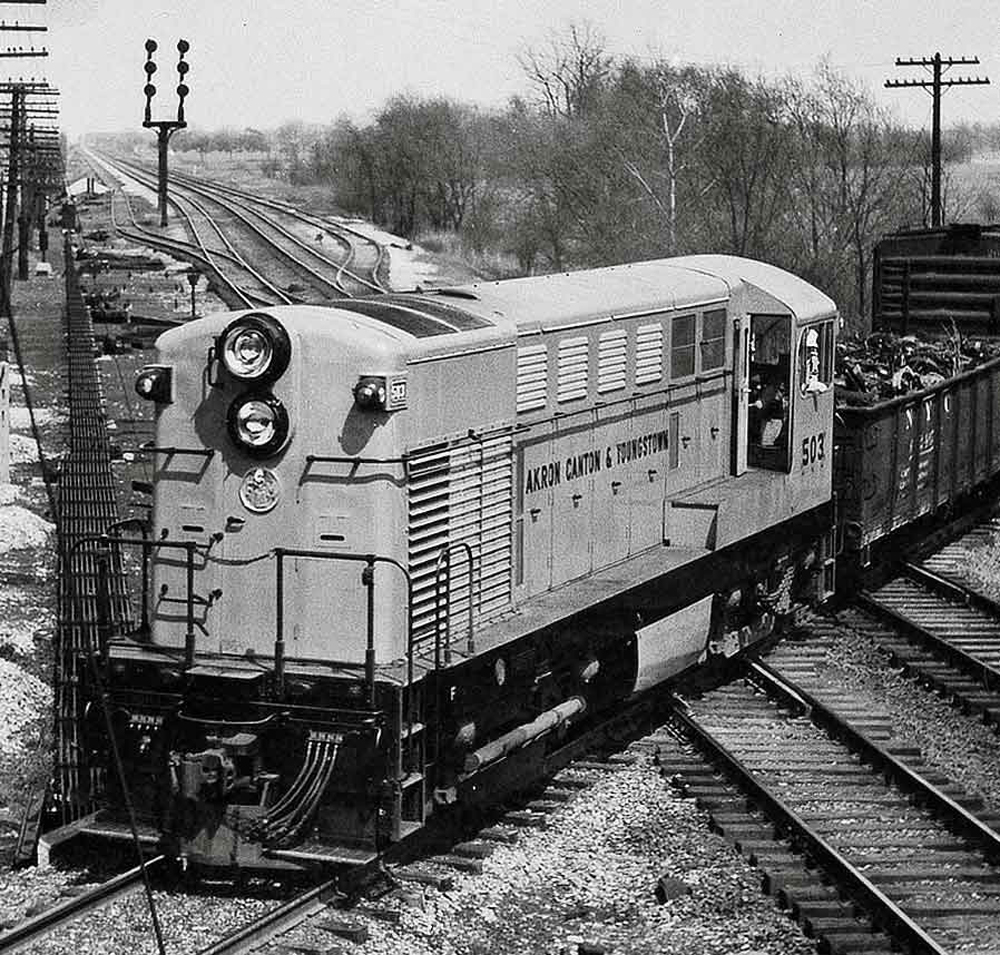
In real life, Fairbanks-Morse produced just under 1,500 diesel locomotives before the company ended their production. In the model railroading world, some of the most recognizable locomotives are models of Fairbanks-Morse locomotives, such as the Lionel postwar era Train Master. However, few of these locomotives have made such an impact on the HO scale market. One of these locomotives that has never been mass-produced in plastic is the H20-44, the four-axle brother of the Train Master.
My fascination of the H20-44 began while researching a railroad that was abandoned 13 years before I was born. The Akron, Canton & Youngstown ran from Akron to Delphos, Ohio, crossing the Toledo & Ohio Central in my hometown of Arlington. Many of my friends had abandoned sections of roadbed on their property and the location of the former diamond was right next to the soccer fields that I grew up playing on. You may already be familiar with the AC&Y without knowing it, as its bright yellow boxcars seem to find their way into everyone’s collection at one time or another. The AC&Y purchased six out of the less than 100 H20-44s produced and they were painted in the distinctive yellow and black scheme. Two were later purchased from the Pittsburgh & West Virginia and were painted all black.
Only two versions of the H20-44 have been produced in HO scale. Alco Models made a brass version of the locomotive which shows up in online auctions occasionally but isn’t readily available. CMR Products made a resin shell that was designed to fit the Walthers H10-44 and included some detail parts. The resin shell kit is currently out of production, with the company stating that they are transitioning their resin casting operation to 3-D printing. In addition, the H10-44 had a shorter wheelbase and length than the H20-44, and the Walthers model hasn’t been produced in over a decade.
Atlas has produced many runs of the H24-66 Train Master and the lower-horsepower H16-44. Rapido currently has their new H16-44 available for pre-order in multiple body versions and road names. Maybe a success with the H16-44 will spark an interest in producing the lesser-known H20-44. Only time will tell. – Bryson Sleppy, associate editor
Soviet Locomotive Class P36 4-8-4 steam locomotive
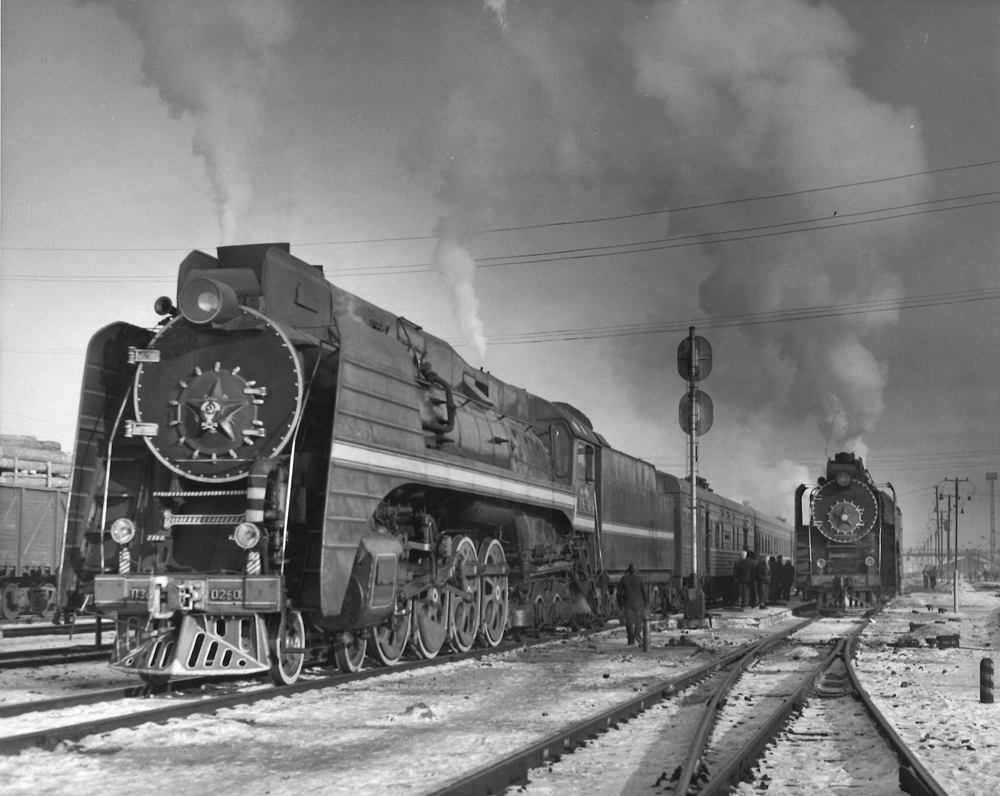
Choices for Soviet-era locomotives in the model railroad market are slim. There are explanations for this, best understood through the Soviet Union’s secrecy around its rail network. Classified as a military installation, photography of railroads, locomotives, and rail cars was forbidden as it could compromise the security of the rail network. This secrecy led to scarce information, and, unsurprisingly, a diminished interest in Soviet locomotives outside of the USSR.
Despite this secrecy, there is of course information available now regarding Soviet-era locomotives. Take for example the Soviet Locomotive Class P36 4-8-4. Produced by Kolomna Locomotive Works from 1950 to 1956, at which point the 20th Communist Party Congress decided to end the production of steam locomotives in the USSR in favor of diesel and diesel-electric locomotives. This model represents the final steam locomotive produced at Kolomna Locomotive Works, and the era of Russian steam locomotives couldn’t have had a more striking send-off.
The P36 is a breathtaking example of steam power, often painted in a green and red paint scheme with distinct skirting. For aesthetic purpose alone, it deserves consideration for model production. Factoring in the relative scarcity of Soviet-era locomotives in the model market, and the significance the P36 holds as the last great Soviet steam locomotive, I believe the P36 represents a real opportunity to introduce many in the U.S. to Soviet locomotives and would make a fine addition to any collection. -Mitch Horner, assistant digital editor






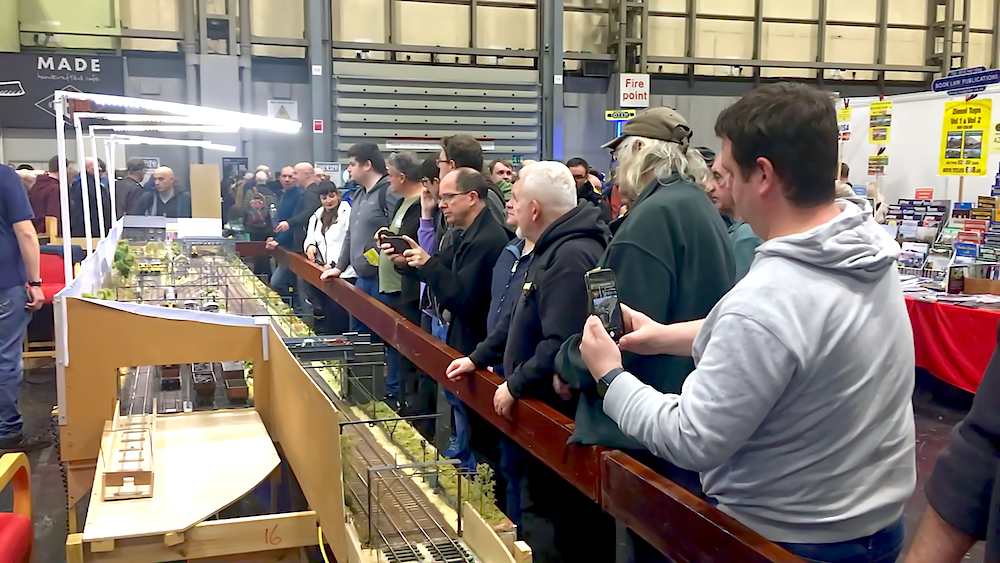
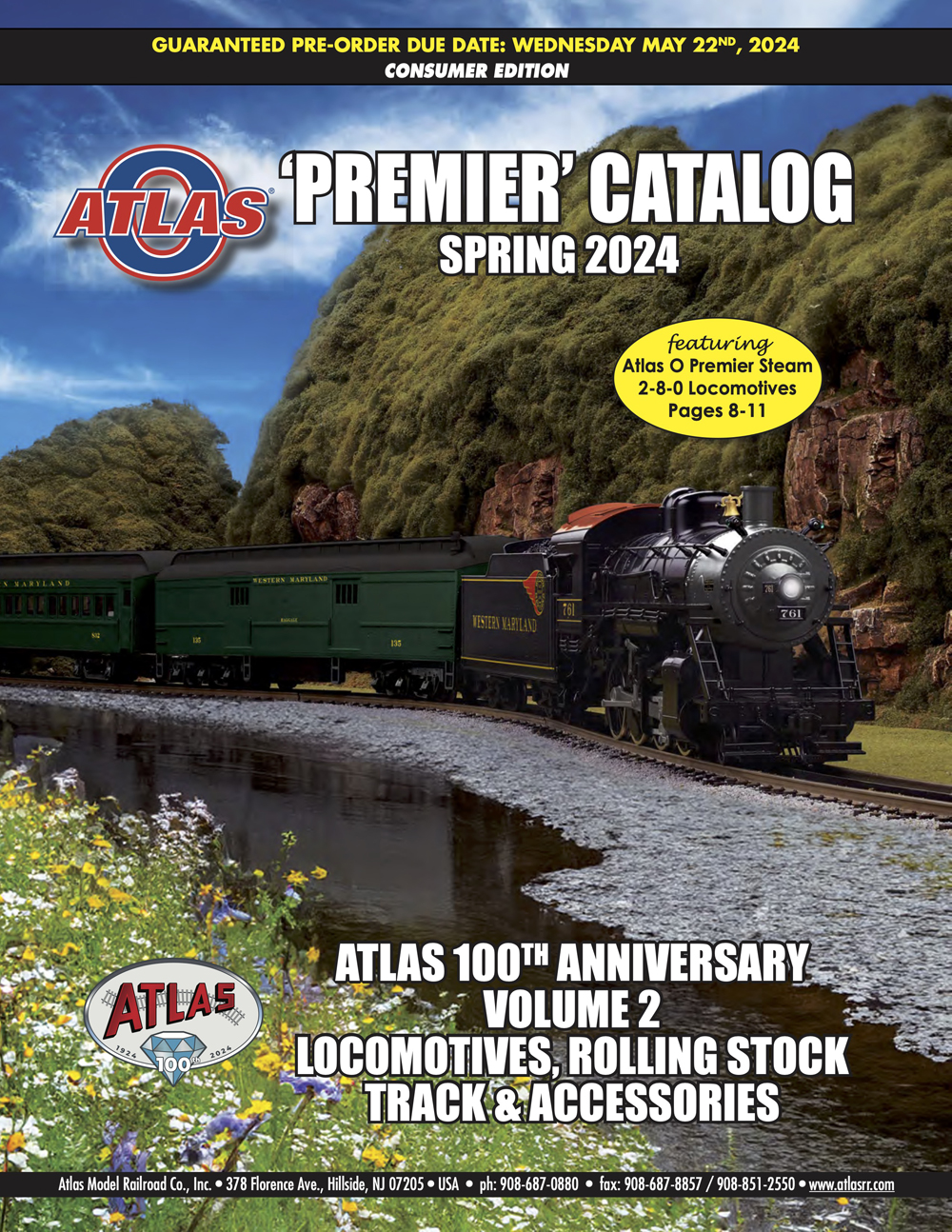

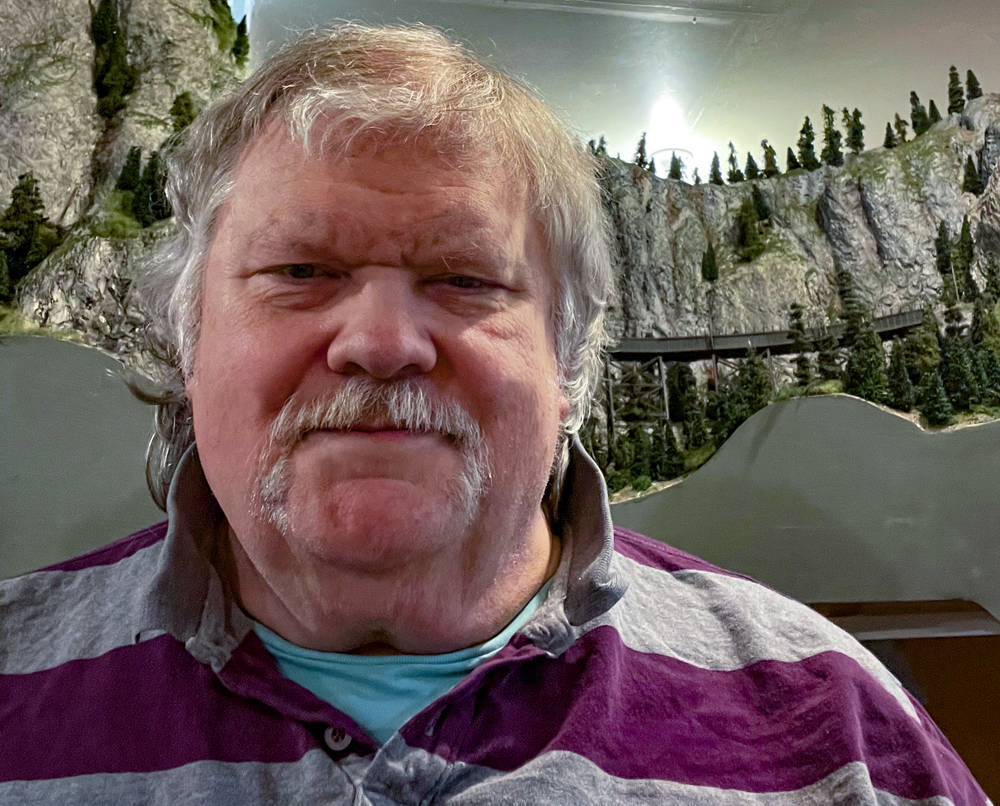




I recently reached out to Broadway ltd trains in hopes that the E44 locomotives would be mass produced in the future along with the EB-2A locomotives. I’ll be reaching out to Bachmann Trains as well. Keep your fingers crossed.
An E44 is a locomotive that needs built. Amazingly, Bachmann Spectrum did market an E33 (VGN ELC; NH EF-4) in HO despite there having been only 12 motors built (of which two are preserved versus one E44)
As to Russian locomotives, don’t forger Spectrum’s Russian Decapod. These were built in the USA for Russia but not delivered because of the Bolshevik Revolution in 1918. They were regauged and sold to US roads.
I was adopted from Russia so I have a lot of love for the steam locomotives from my home country. I would absolutely love to see a detailed scale model of a P36 class locomotive. Any scheme is great but the green and red looks the best. Also perhaps a special Ded Moroz (father Christmas aka Santa Claus) scheme could be made. For the second year in a row now, RZD has run a custom wrapped train with various P36 locomotives leading along the cross country journey. https://youtu.be/iycpYZu0dps
While a lot of people hate me and my country currently for obvious reasons, a Christmas themed train really doesn’t go into anything political especially when it’s for the kids all across Russia.
Would also love to see other Russian steam modeled like the L and LV 2-10-0 & 2-10-2 respectively)
Only issue with making Russian/Soviet locomotives is who is going to make the rolling stock for them? A Few SD70ACe locomotives are in Russia now and have been regauged and SA3 couplers installed for some tests of EMD power but I don’t know of any Russian locomotives regauged to Standard gauge and actually hauling freight here in North America.